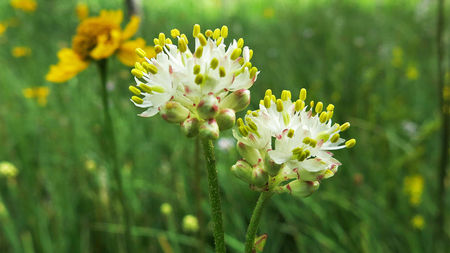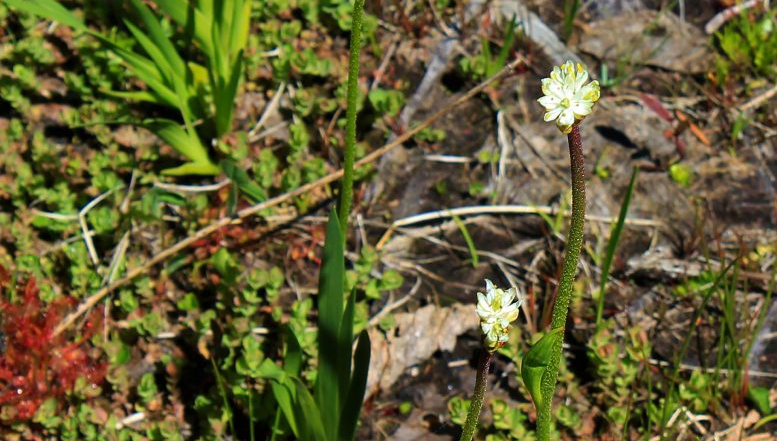A new insect eating plant has been discovered in western North America, and it’s been secretly eating insects North America, and it’s been secretly eating insects.
Triantha occidentalis produces flowering stalks with sticky hairs that can trap insects. New research confirms that the plant can digest these trapped prey
The following written content from Linda Ihasco

When we create a mental image of a carnivorous plant, the Venus flytrap typically comes to mind. As kids, we were enthralled with the spooky idea that a plant could eat meat. However, scientists say there are more than 500 carnivorous plants, and a team of botanists has just discovered another.
According to a report by SciTechDaily, botanists at the University of Wisconsin–Madison and the University of British Columbia have discovered the new carnivorous plant called “Triantha occidentalis” in western North America.
Findings regarding the discovery and study of the plant were reported by researchers on August 9, 2021, in the “Proceedings of the National Academy of Sciences.”
During the summer in wetlands and bogs from Alaska to California and inland to Montana, Triantha occidentalis reportedly grow tall flowering stems that are coated with sticky hairs.
Scientists studying the plant have found that the sticky hairs enable the plant to trap small insects like gnats and midges. The plant digests insects supplying it with more than half of its nitrogen, a welcome boost in its nutrient-poor habitat, the study said.
Lead author Qianshi Lin, who was a doctoral student at UBC at the time of the study said: “What’s particularly unique about this carnivorous plant is that it traps insects near its insect-pollinated flowers.”
He added, “On the surface, this seems like a conflict between carnivory and pollination because you don’t want to kill the insects that are helping you reproduce.”
The plant appears to be capable of sorting out beneficial insects from food. Tom Givnish who’s a UW–Madison professor of botany and co-author of the report said it’s thought “Triantha occidentalis” is able to do this “because its glandular hairs are not very sticky, and can only entrap midges and other small insects.” This allows much larger and stronger bees and butterflies that act as its pollinators to go unscathed.
The study said this is the “12th known independent evolution of carnivory” in the plant kingdom, but within the Alismatales order — a group of largely aquatic flowering plants — it is the first time the trait has been discovered.
In a previous analysis of Alismatales genomes led by Graham, his team noticed “Triantha” had lost a gene that is often missing in carnivores. Considering this similarity, its proclivity for trapping insects, and its proximity to other known carnivorous plants — the study said “Triantha” appeared to be an excellent candidate as the “next carnivore in the plant kingdom.”
Triantha’s environment of “plenty of water and light,” also seemed conducive to carnivory. The study noted “the carnivorous lifestyle is so energy-intensive for plants” that these components are necessary for it to evolve.
The report said the researchers calculate that up to 64% of the nitrogen the plant acquired was from insects, which is similar to known carnivorous plants and far exceeds the level absorbed fortuitously by non-carnivorous plants.
“Triantha” belongs to a group of carnivorous plants that can directly digest their prey, using an enzyme it produces called a phosphatase. The enzyme breaks down “phosphorous-bearing nutrients in its prey,” the study said. Read more from Penn





